Home>Furniture>Outdoor Furniture>How To Make A Patio Warm In Winter
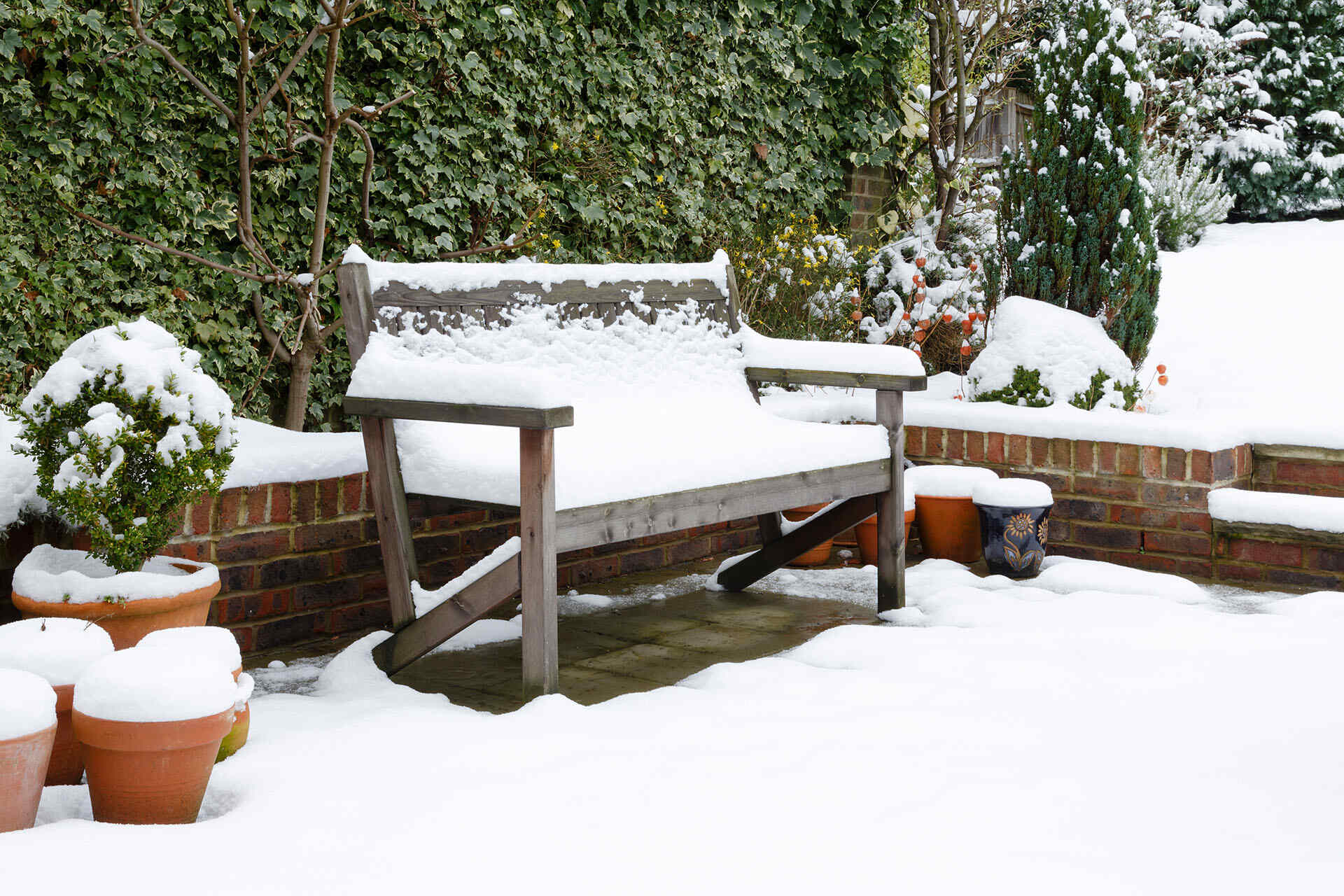

Outdoor Furniture
How To Make A Patio Warm In Winter
Modified: October 19, 2024
Learn how to keep your patio warm and cozy during the winter months with our outdoor furniture. Create a cozy outdoor space to enjoy even in the coldest weather with our expert tips and tricks.
(Many of the links in this article redirect to a specific reviewed product. Your purchase of these products through affiliate links helps to generate commission for Storables.com, at no extra cost. Learn more)
Introduction
Welcome to the ultimate guide on how to make your patio warm and cozy during the winter months. As outdoor enthusiasts, we understand the desire to enjoy our outdoor spaces no matter the season. Cold weather shouldn’t deter you from enjoying your patio and experiencing the beauty of the outdoors. With a few key adjustments and additions, you can transform your patio into a warm and inviting space where you can relax, entertain, and create lasting memories, even in the midst of winter.
In this comprehensive guide, we will explore various strategies and techniques to keep your patio warm during the winter. From selecting the right outdoor heater to implementing windbreakers and creating a cozy seating area, we will cover it all. So, let’s dive in and discover how you can make your patio a cozy haven during the colder months.
Key Takeaways:
- Keep your patio warm in winter by choosing the right outdoor heater, insulating your space, and adding cozy seating and fire features. Create a cozy retreat for outdoor enjoyment all year round.
- Utilize outdoor rugs, windbreakers, and lighting to make your patio warm and inviting during winter. With the right strategies, enjoy your outdoor space no matter the season.
Read more: How To Keep Balcony Warm In Winter
Choosing the Right Outdoor Heater
When it comes to keeping your patio warm during winter, selecting the right outdoor heater is crucial. There are several options available in the market, each with its own advantages and considerations. Let’s explore some popular choices:
- Propane Patio Heaters: These heaters are a popular choice for outdoor spaces as they provide a steady and substantial amount of heat. They run on propane gas and come in various sizes and styles. Propane patio heaters are easy to use and typically have adjustable heat settings, allowing you to customize the warmth according to your preference.
- Electric Patio Heaters: Electric patio heaters are convenient to use and require a power source to operate. They come in different types, such as wall-mounted, freestanding, and tabletop heaters. Electric heaters are generally more cost-effective and eco-friendly compared to propane heaters. However, they may not provide as much heat output as propane heaters.
- Infrared Patio Heaters: Infrared heaters work by emitting heat directly to objects and people within their proximity, rather than heating the air. This makes them an efficient and targeted heating solution. Infrared heaters are available as electric or propane-powered options and are known for their instant heat output.
- Fire Pits and Chimineas: For a cozy and rustic feel, fire pits and chimineas are excellent options. These open-flame features not only provide warmth but also create an inviting ambiance. Fire pits can be fueled by wood, propane, or natural gas, while chimineas typically burn wood. It’s important to place fire pits and chimineas in a safe distance from flammable materials and follow local fire regulations.
When choosing the right outdoor heater for your patio, consider the size of your space, the heat output required, and the fuel source availability. It’s also important to prioritize safety by following manufacturer’s instructions, keeping the heater away from flammable objects, and ensuring proper ventilation.
Now that you have an idea of the different types of outdoor heaters available, let’s move on to the next strategy for making your patio warm in winter.
Insulating Your Patio
Insulating your patio is an effective way to retain heat and keep the cold air out. By implementing these insulation techniques, you can create a cozy and comfortable environment on your patio during winter:
- Weatherstripping: Apply weatherstripping to windows, doors, and any gaps or cracks in the walls to prevent drafts and heat loss. Weatherstripping materials, such as adhesive strips or sealants, can significantly reduce the infiltration of cold air into your patio.
- Insulated Curtains: Invest in thick, insulated curtains to cover windows, glass doors, or open spaces on your patio. These curtains act as a barrier against cold air and help trap the warmth inside. Choose curtains with thermal lining or opt for blackout curtains for added insulation.
- Insulated Panels: Install insulated panels or foam boards against the walls of your patio. These panels provide additional insulation and help regulate the temperature inside your outdoor space. They are available in various sizes and can be cut to fit your specific requirements.
- Rugs and Carpeting: Lay down area rugs or carpets on your patio floor to create an extra layer of insulation. Rugs help to trap heat and provide a warmer surface for your feet. Opt for rugs made from durable and weather-resistant materials to withstand outdoor conditions.
By insulating your patio, you can prevent heat from escaping and minimize the entry of cold air. This additional layer of insulation will help maintain a warm and comfortable atmosphere, allowing you to enjoy your patio during the winter months.
Now that you’ve insulated your patio, let’s move on to another strategy for making it warm in winter.
Implementing Windbreakers
During the winter, strong winds can quickly cool down your patio and make it uncomfortable to spend time outdoors. Implementing windbreakers is an effective way to block the wind and create a more sheltered and cozy environment. Here are some ideas for implementing windbreakers on your patio:
- Privacy Screens: Privacy screens not only provide privacy but also act as effective windbreakers. These screens can be made of various materials like wood, bamboo, or fabric. Place them strategically around your patio to block the wind from certain directions. You can also enhance the aesthetic appeal by adding climbing plants or decorations to the screens.
- Planting Trees or Shrubs: Planting trees or shrubs strategically around your patio can create a natural windbreak. These green barriers help deflect the wind and provide added insulation. Choose trees or shrubs that are suitable for your climate and will grow to a height that offers protection to your patio.
- Patio Walls or Fences: If you have the option, consider adding walls or fences to your patio design. These structures not only add privacy but also serve as windbreakers. Solid walls or fences provide maximum protection from the wind, while still allowing you to enjoy the outdoor view and natural light.
- Patio Umbrellas or Canopies: Large patio umbrellas or canopies can serve as temporary windbreakers. Position them strategically to block the wind and create a more sheltered area on your patio. Opt for umbrellas or canopies made of sturdy materials that can withstand strong winds.
Implementing windbreakers on your patio can significantly reduce the chilling effects of the wind, making it more enjoyable to spend time outdoors during the winter. The combination of windbreakers with other warming strategies will create a cozy and protected outdoor space.
Now that we have addressed windbreakers, let’s move on to the next strategy for making your patio warm in winter.
Using Outdoor Rugs and Carpets
Adding outdoor rugs and carpets to your patio not only enhances the aesthetic appeal but also provides an extra layer of insulation and warmth. Here’s how you can use outdoor rugs and carpets to make your patio warm and cozy during winter:
- Choose Weather-Resistant Materials: When selecting outdoor rugs and carpets, opt for materials that are designed to withstand the elements. Look for rugs made of durable and weather-resistant materials such as polypropylene or synthetic fibers. These materials are moisture-resistant and can withstand the outdoor conditions without getting damaged or moldy.
- Opt for Thick and Padded Rugs: Thick and padded rugs offer better insulation and provide a soft and comfortable surface to walk on. Look for rugs with a higher pile or those specifically marketed as “outdoor plush” or “outdoor shag” rugs. These rugs will add an extra layer of warmth and comfort to your patio area.
- Place Rugs Strategically: Position the rugs strategically in areas where you spend the most time or where you want to create a cozy seating area. Place them under outdoor furniture, near the fire pit, or in any high-traffic areas. This will not only add warmth but also define different zones and create a visually appealing outdoor space.
- Layer Rugs for Added Insulation: To maximize insulation, you can layer multiple rugs on your patio. Start with a large base rug and then add smaller rugs on top for added warmth and texture. This layering technique not only creates a cozy atmosphere but also adds visual interest to your outdoor space.
Outdoor rugs and carpets not only provide warmth and insulation but also protect your patio surface from wear and tear. They can be easily cleaned with a hose or a brush, making them a practical and stylish addition to your winter patio setup.
Now that we’ve discussed the use of outdoor rugs and carpets, let’s explore another strategy for making your patio warm in winter.
Read more: How To Keep A Sunroom Warm In Winter
Adding Cozy Seating and Furniture
Creating a cozy seating area on your patio is essential for enjoying the winter months outdoors. Here are some tips for adding cozy seating and furniture to make your patio warm and inviting:
- Comfortable Outdoor Furniture: Invest in comfortable outdoor furniture with cushions and padded seating. Look for furniture made of weather-resistant materials such as aluminum, teak, or resin wicker. Opt for deep seating options that provide ample comfort and support.
- Warm Throws and Pillows: Place warm throws and pillows on your outdoor furniture to provide extra warmth and comfort. Choose soft and cozy materials like fleece or wool. These accessories not only add warmth but also create a cozy and inviting atmosphere.
- Outdoor Seat Heaters: Consider adding outdoor seat heaters to your patio furniture. These innovative heaters are designed to be integrated into the seating, providing direct heat to keep you warm and comfortable. There are various options available, including heated seat cushions and heated chairs.
- Outdoor Furniture Placement: Arrange your furniture in a way that encourages warmth and coziness. Create a seating arrangement that promotes conversation and allows people to sit close to each other. Consider placing the furniture near a fire feature or heat source for additional warmth.
- Add a Cozy Rug or Mat: Place a cozy rug or mat under your seating area to provide insulation from the cold patio floor. This will add warmth to the space and create a more inviting atmosphere for gathering and relaxation.
By adding cozy seating and furniture to your patio, you create a warm and inviting environment where you can comfortably spend time during the winter months. Combine these elements with other strategies discussed earlier to create a winter retreat right in your own backyard.
Now that we’ve covered cozy seating and furniture, let’s move on to the next strategy for making your patio warm in winter.
Consider adding outdoor heaters or a fire pit to your patio to create warmth in the winter. Additionally, using cozy blankets and outdoor rugs can help insulate the space and make it more inviting during the colder months.
Incorporating Fire Features
One of the most effective and popular ways to make your patio warm and inviting during winter is by incorporating fire features. The warmth and ambiance of a crackling fire can transform your outdoor space into a cozy retreat. Here are some fire features you can add to your patio:
- Fire Pit: A fire pit is a classic and versatile fire feature that can be enjoyed by everyone. It can be a standalone structure or built into your patio design. Fire pits create a focal point and provide a gathering area where you can sit around and enjoy the warmth. Choose from various options such as wood-burning, propane, or natural gas fire pits depending on your preferences and local regulations.
- Outdoor Fireplace: An outdoor fireplace is a larger and more permanent fire feature that adds a luxurious touch to your patio. It provides a focal point and creates a cozy seating area. Outdoor fireplaces come in various designs, including traditional, modern, or rustic styles. They typically burn wood or can be fitted with gas inserts for convenience.
- Chiminea: A chiminea is a freestanding, portable fire feature that adds charm and warmth to any patio. Traditionally made of clay or cast iron, chimineas provide radiant heat and are ideal for smaller spaces. They have a chimney-like structure that directs smoke upwards and requires minimal maintenance.
- Tabletop Fire Pit: If you have limited space, a tabletop fire pit is a great option. These small fire features can be placed on a table and provide a cozy atmosphere while enjoying a meal or conversation. Tabletop fire pits are usually fueled by propane or ethanol and come in various designs and sizes.
By incorporating fire features on your patio, you not only create warmth but also enhance the ambiance and visual appeal. Gather around the fire, toast marshmallows, and enjoy the mesmerizing flames as you make memories on your cozy patio.
Now that we have covered fire features, let’s explore another strategy for making your patio warm in winter.
Hanging Outdoor Curtains
Hanging outdoor curtains is a stylish and practical way to make your patio warm and cozy during winter. Not only do they provide privacy and shade, but they also act as a barrier against wind, cold air, and drafts. Here’s how you can use outdoor curtains to create a cozy space:
- Select Weather-Resistant Curtains: Choose curtains that are specifically designed for outdoor use and can withstand the elements. Look for curtains made of durable and weather-resistant materials such as polyester or Sunbrella fabric. These fabrics are fade-resistant, mold-resistant, and can handle exposure to sunlight and moisture.
- Install Curtain Rods or Hooks: Install curtain rods or hooks on your patio walls, pergolas, or freestanding posts to hang the outdoor curtains. Make sure to use hardware that is suitable for outdoor applications and can withstand the weight of the curtains.
- Opt for Thermal or Insulated Curtains: To maximize insulation and keep the warmth inside, consider using thermal or insulated curtains. These curtains have an added layer of insulation that helps to block out cold air and maintain a comfortable temperature on your patio.
- Position Curtains Strategically: Place the outdoor curtains strategically to create a cozy and protected area on your patio. For example, hang curtains on the sides of your patio to create a windbreak, or enclose a specific seating area with curtains to enhance privacy and block drafts.
- Add Tiebacks or Fasteners: To allow flexibility in adjusting the curtains, consider adding tiebacks or fasteners. This allows you to easily open or close the curtains based on the weather or your preference. Tiebacks can also add a decorative touch to the curtains when they are pulled back.
Hanging outdoor curtains not only provides insulation and blocks out cold air but also adds a touch of elegance and sophistication to your patio. The curtains can be opened to let in sunlight and fresh air during the day and closed in the evening to create a cozy and sheltered space.
Now that we have covered hanging outdoor curtains, let’s move on to the next strategy for making your patio warm in winter.
Installing Patio Enclosures
Installing patio enclosures is a fantastic way to transform your outdoor space into a warm and protected area during winter. Patio enclosures provide an extra layer of insulation, keeping out cold air, wind, and precipitation. Here’s how you can benefit from installing patio enclosures:
- Types of Patio Enclosures: There are various types of patio enclosures available, such as screened enclosures, glass enclosures, or retractable enclosures. Screened enclosures allow you to enjoy the outdoor breeze while keeping insects out. Glass enclosures provide maximum insulation and protection from the elements. Retractable enclosures offer the flexibility to open up or enclose your patio as needed.
- Extended Use of Your Patio: With a patio enclosure, you can extend the usability of your outdoor space throughout the year, regardless of the weather conditions. It allows you to enjoy your patio during winter without worrying about the cold temperatures or snowfall.
- Increased Energy Efficiency: Patio enclosures act as an additional barrier against temperature fluctuations, helping to maintain a more stable and comfortable indoor environment. They reduce heat loss and can potentially lower your energy consumption by reducing the need for heating systems.
- Customization and Design: Patio enclosures can be customized to match your home’s architectural style and personal preferences. You can choose from different frame materials, colors, and finishes to create a unified and aesthetically pleasing look.
- Enhanced Privacy and Noise Reduction: Patio enclosures provide privacy by creating a secluded and enclosed area for outdoor activities. They also help reduce outside noise, creating a peaceful and tranquil atmosphere.
Installing a patio enclosure is a long-term investment that significantly enhances the functionality and comfort of your outdoor space. It allows you to enjoy the beauty of the outdoors while remaining protected from the winter elements.
Now that we have covered patio enclosures, let’s move on to the next strategy for making your patio warm in winter.
Read more: How To Keep Floor Warm In Winter
Utilizing Outdoor Lighting
Utilizing outdoor lighting not only adds a magical ambiance to your patio but also contributes to making it warm and inviting during winter evenings. Here are some tips for effectively using outdoor lighting on your patio:
- Warm and Cozy Lighting: Choose warm-toned lighting options, such as string lights or LED bulbs with a soft yellow or amber glow. These types of lighting create a cozy and intimate atmosphere, perfect for winter nights on the patio.
- Strategic Placement: Position the lights strategically to highlight specific areas and create focal points. Install overhead string lights, lanterns, or sconces near seating areas, outdoor dining spaces, or walkways. This not only provides functional lighting but also adds a warm and inviting ambiance to your patio.
- Pathway Lighting: Illuminate pathways and walkways with low-level pathway lighting, such as solar-powered stake lights or LED strip lights. This not only adds a decorative touch but also ensures safety and easy navigation on your patio during winter evenings.
- Firelight: Incorporate the natural warmth and flickering glow of firelight into your outdoor lighting design. Place lanterns, candles, or torches around your patio to create a cozy and inviting atmosphere reminiscent of a winter retreat.
- Dimmers and Timers: Install dimmers and timers for your outdoor lighting to have flexibility in adjusting the brightness level and to automate the lighting schedule. Dimmers allow you to create the desired ambiance, while timers ensure that your patio is well-lit without the hassle of manual operation.
Using outdoor lighting effectively not only makes your patio warm and inviting but also adds a beautiful and enchanting ambiance. It creates a welcoming atmosphere for gatherings, relaxation, or simply enjoying the winter nights outdoors.
Now that we’ve explored the strategy of utilizing outdoor lighting, we will conclude our guide on making your patio warm in winter.
Conclusion
As outdoor enthusiasts, we understand the desire to make the most of our patio spaces year-round. With the right strategies, you can transform your patio into a warm and inviting haven even during the colder winter months. By implementing the techniques outlined in this guide, such as choosing the right outdoor heater, insulating your patio, incorporating windbreakers, using outdoor rugs and carpets, adding cozy seating and furniture, incorporating fire features, hanging outdoor curtains, installing patio enclosures, and utilizing outdoor lighting, you can create a cozy and comfortable outdoor retreat.
Choosing the right outdoor heater is crucial in providing consistent and adjustable heat for your patio. Insulating your patio with weatherstripping, insulated curtains, and rugs helps to retain heat and create a more comfortable environment. Windbreakers, such as privacy screens and plants, act as a barrier against cold winds. Outdoor rugs and carpets provide an extra layer of insulation and comfort underfoot. Cozy seating and furniture, including warm throws and pillows, enhance comfort and create an inviting atmosphere. Fire features, such as fire pits and chimineas, provide warmth and ambiance. Hanging outdoor curtains not only offer privacy but also block out gusts of wind. Patio enclosures provide an enclosed and protected space, allowing you to enjoy your patio year-round. Lastly, utilizing outdoor lighting, including warm-toned lights and strategically placed fixtures, adds a cozy and enchanting atmosphere to your patio.
With these strategies combined, you can create a warm, cozy, and inviting patio that can be enjoyed throughout the winter season. Whether you’re spending time with family, entertaining friends, or simply finding solace in the beauty of the outdoors, your patio can be a welcoming retreat no matter the weather.
So, don’t let the chill of winter deter you from enjoying your outdoor space. Implement these strategies, get creative with your design, and make your patio a place where memories are made, no matter the season.
Frequently Asked Questions about How To Make A Patio Warm In Winter
Was this page helpful?
At Storables.com, we guarantee accurate and reliable information. Our content, validated by Expert Board Contributors, is crafted following stringent Editorial Policies. We're committed to providing you with well-researched, expert-backed insights for all your informational needs.
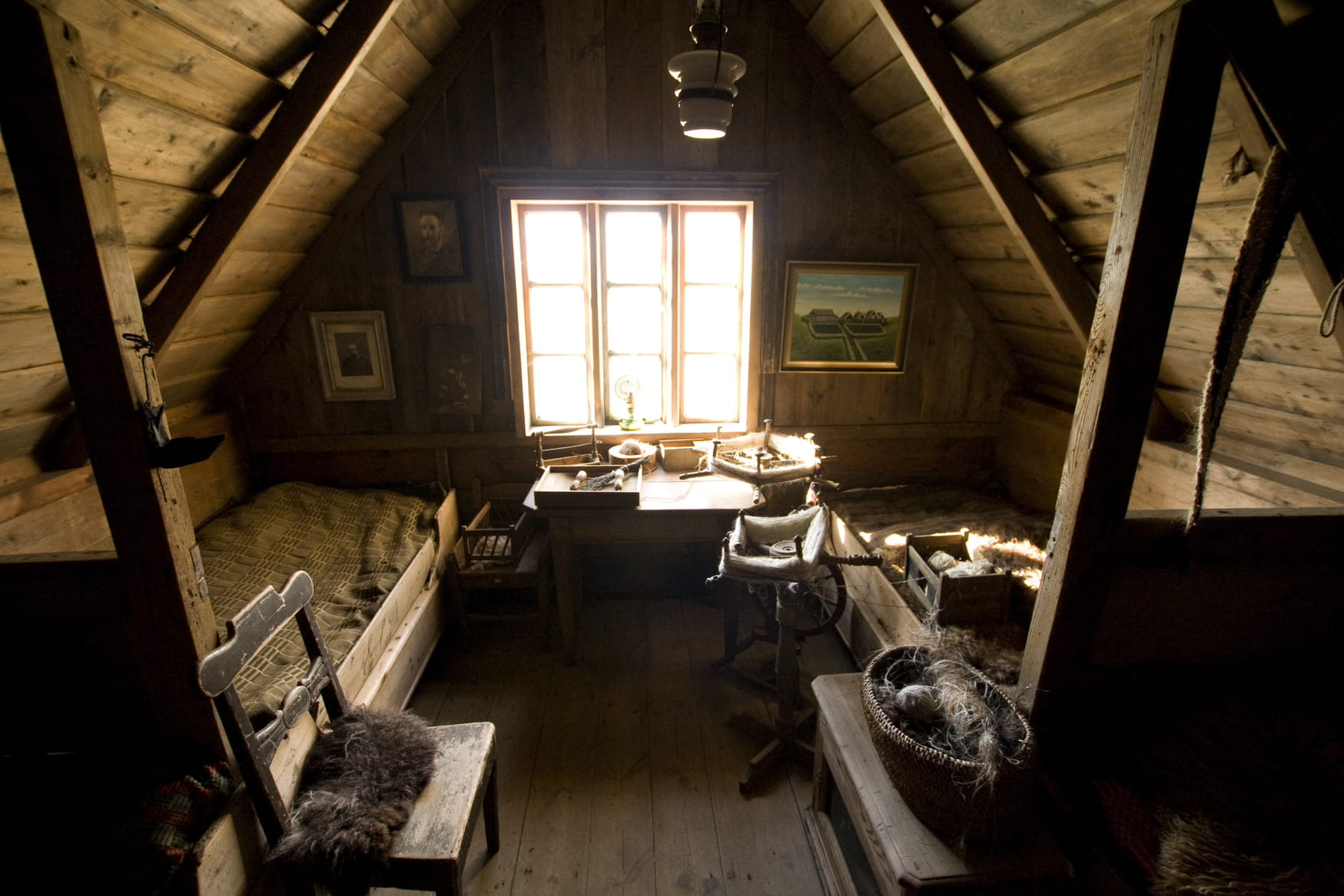
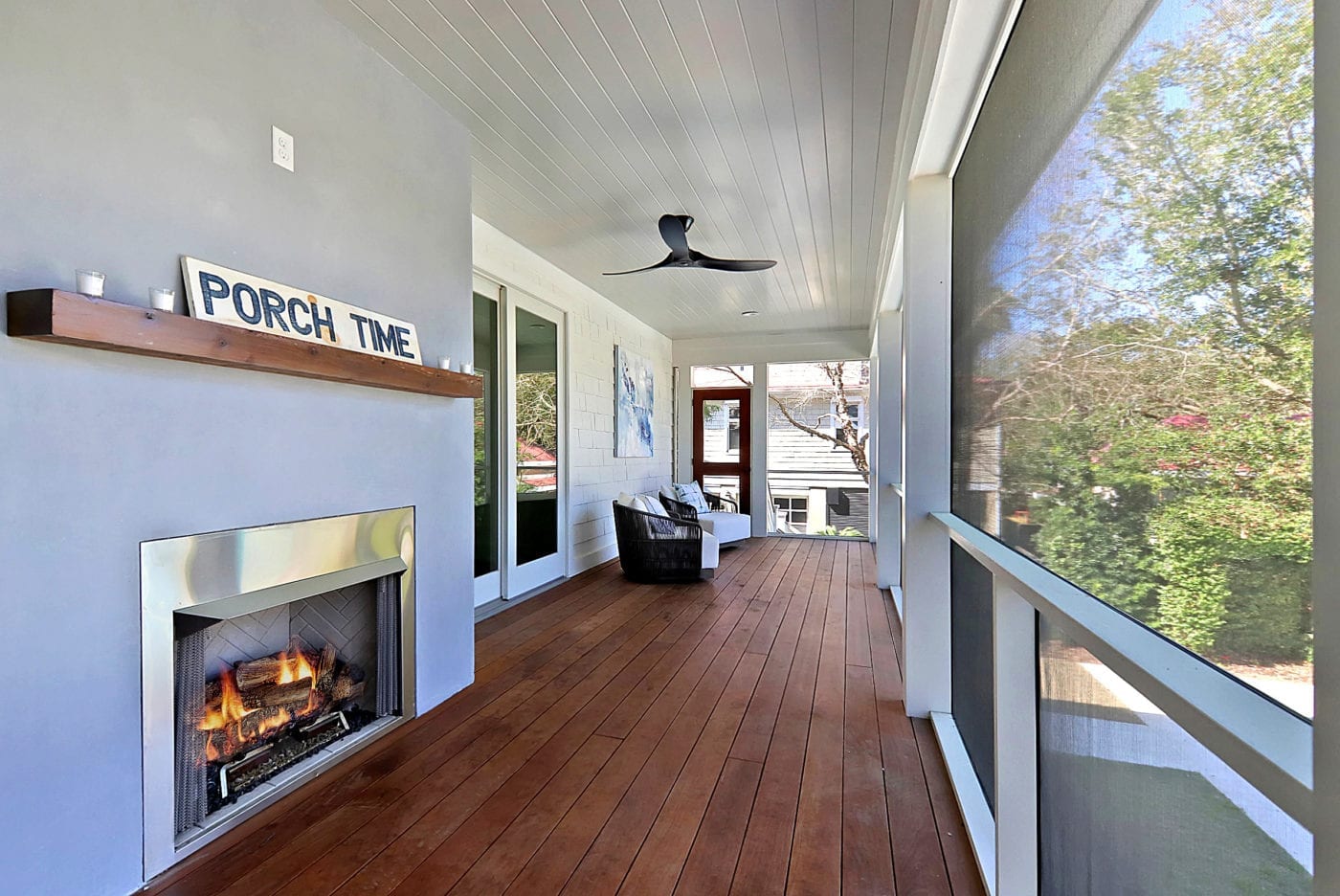

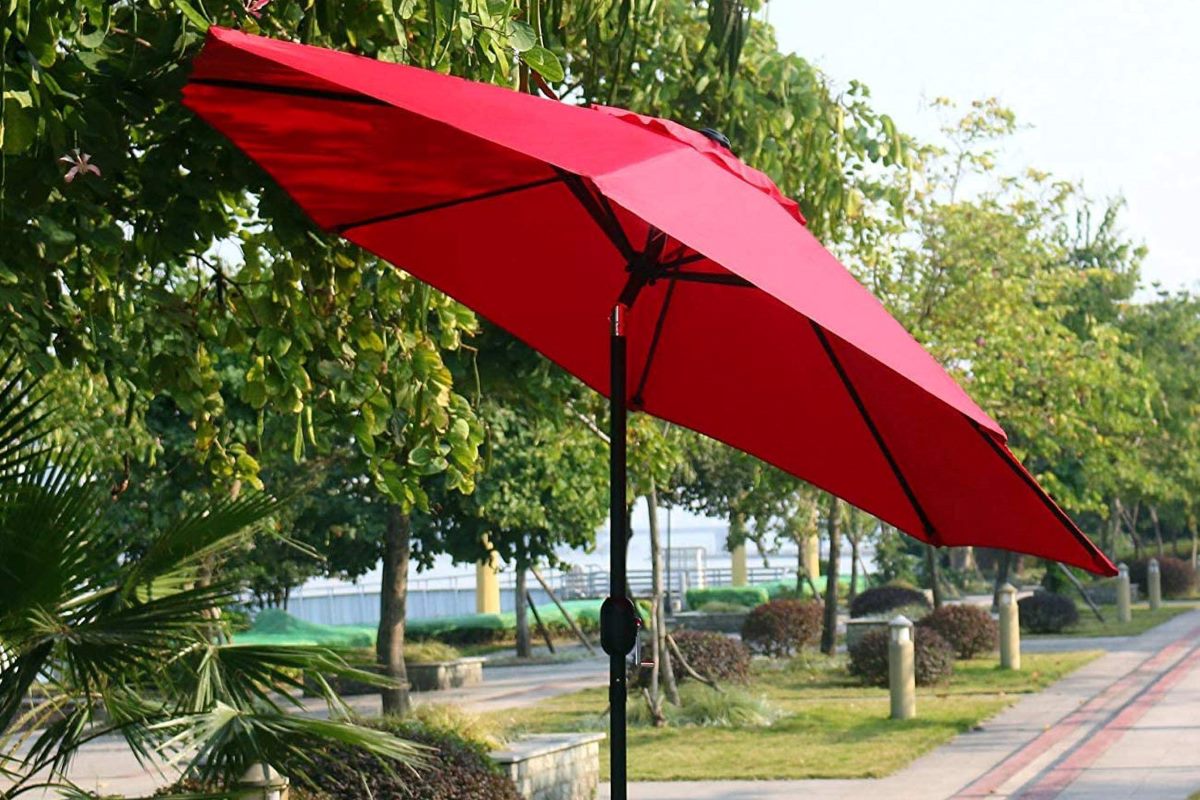
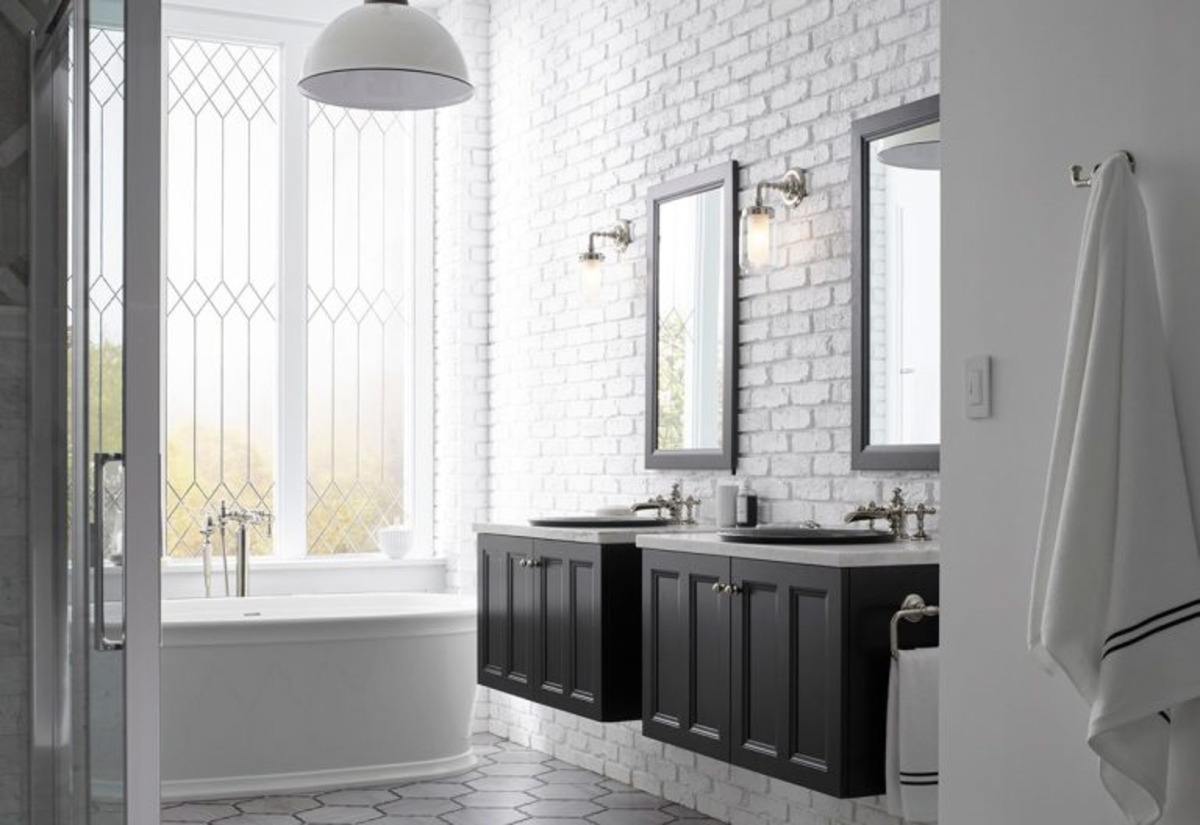
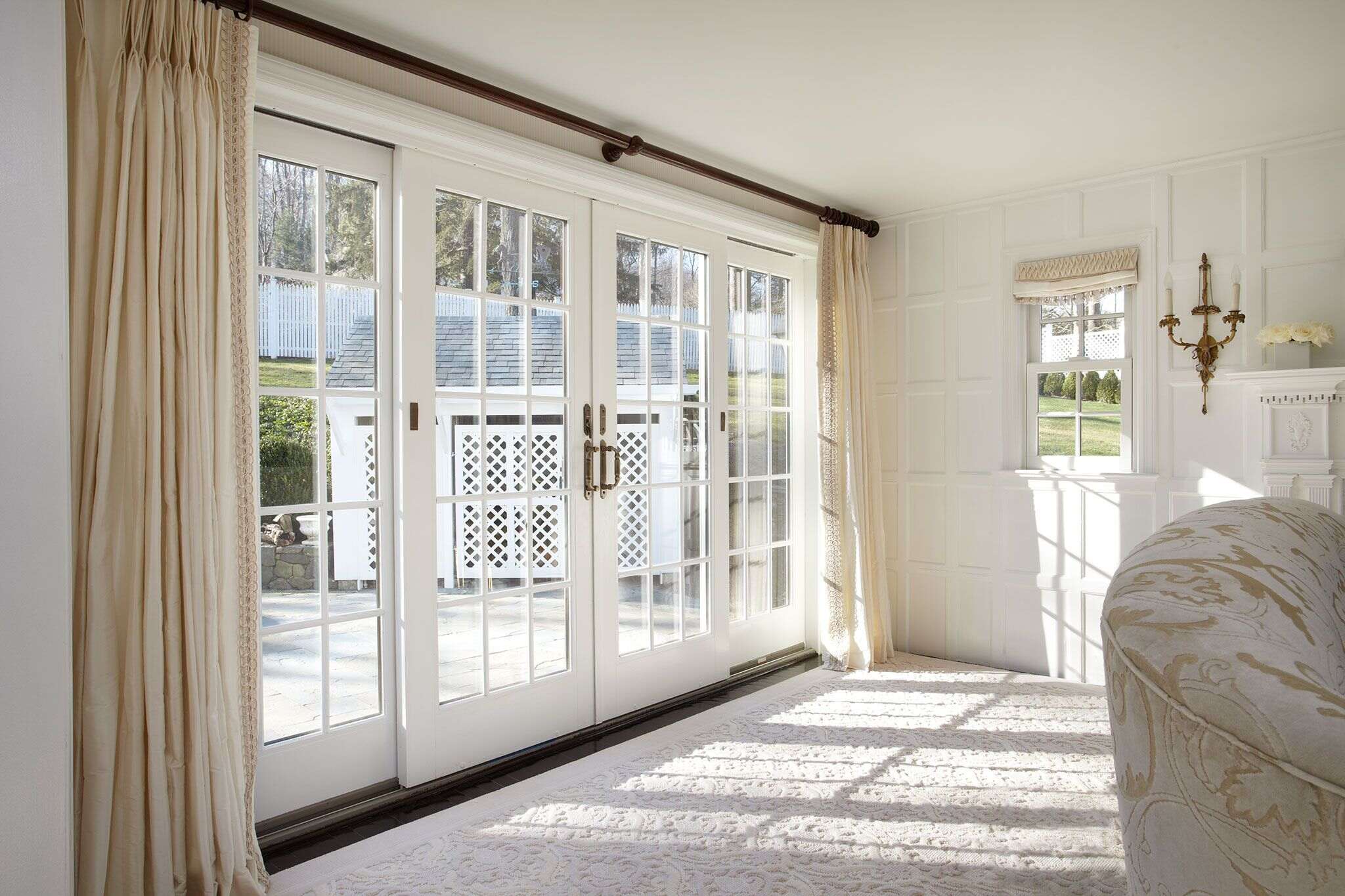
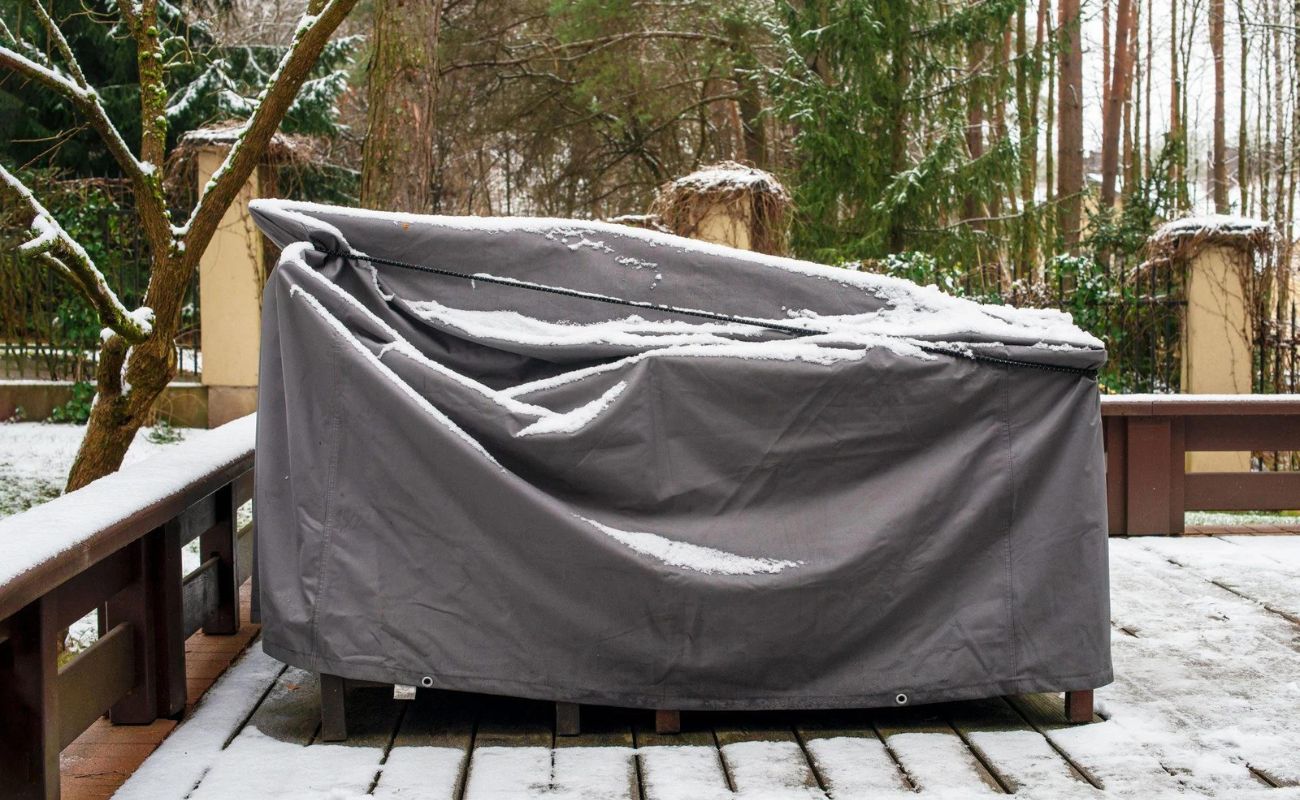
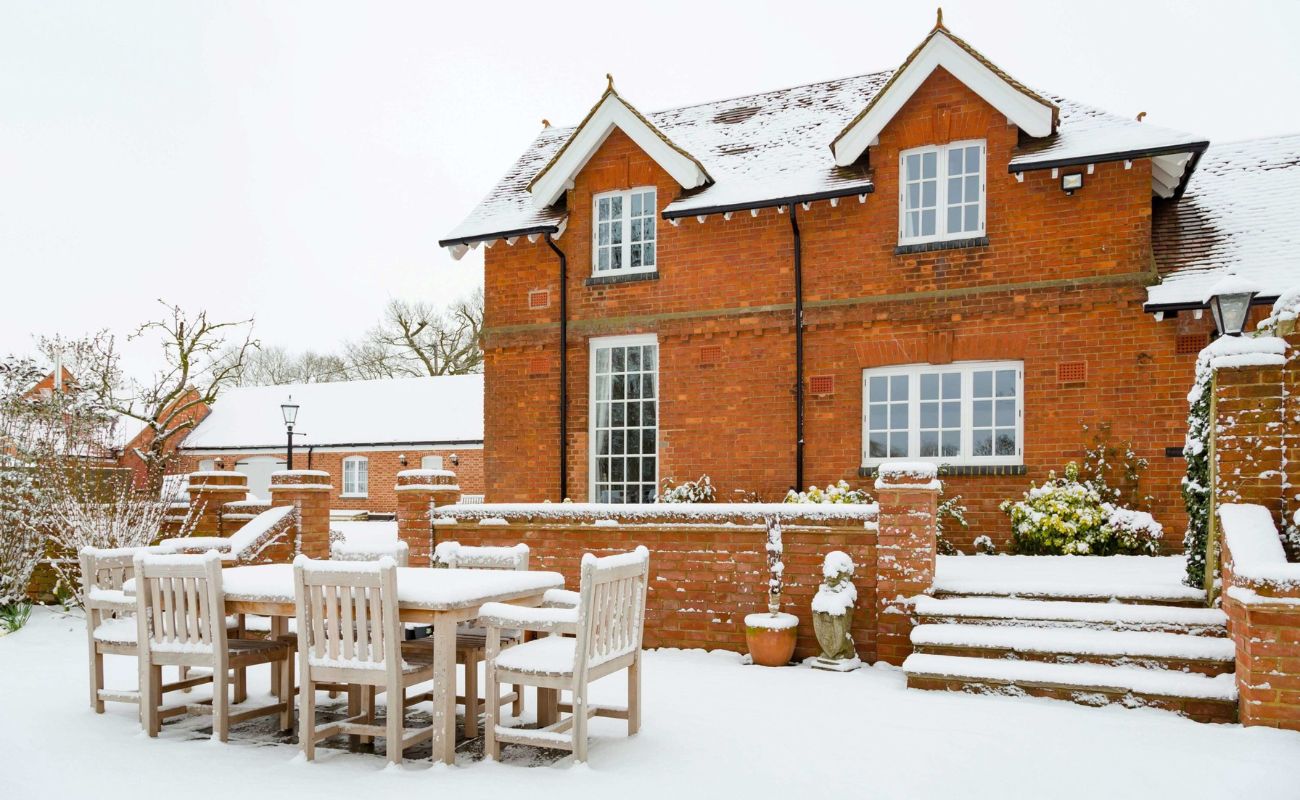

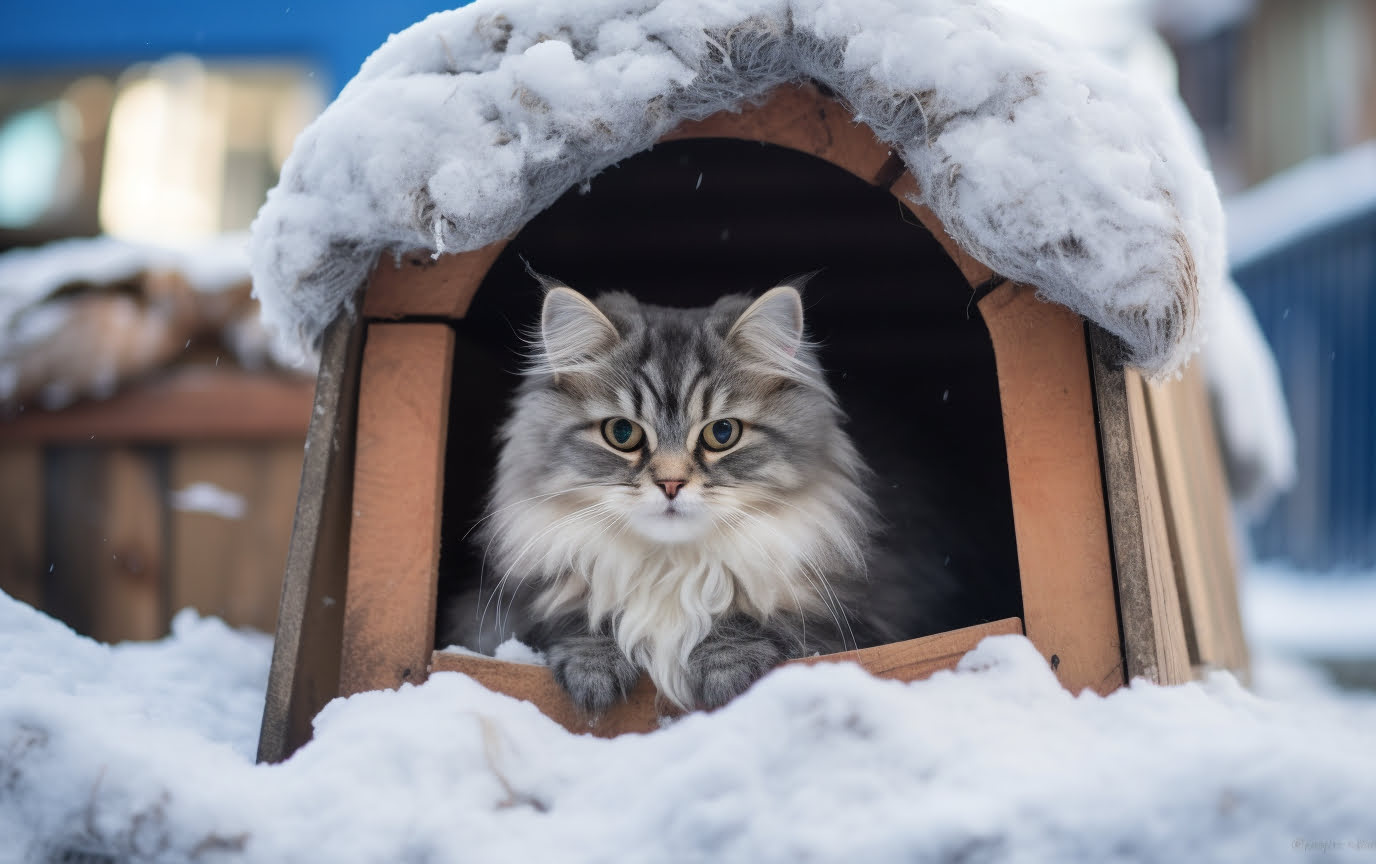
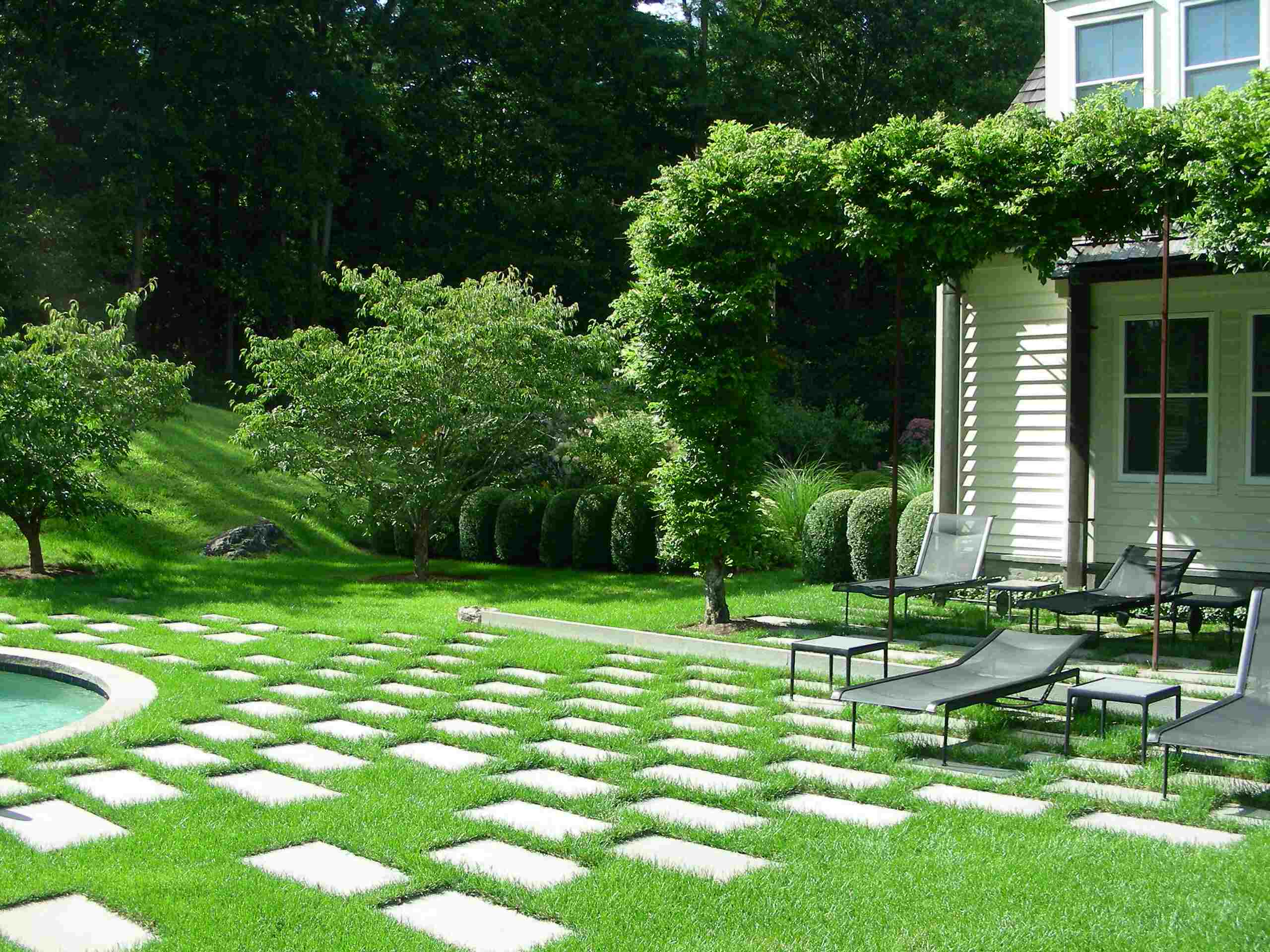
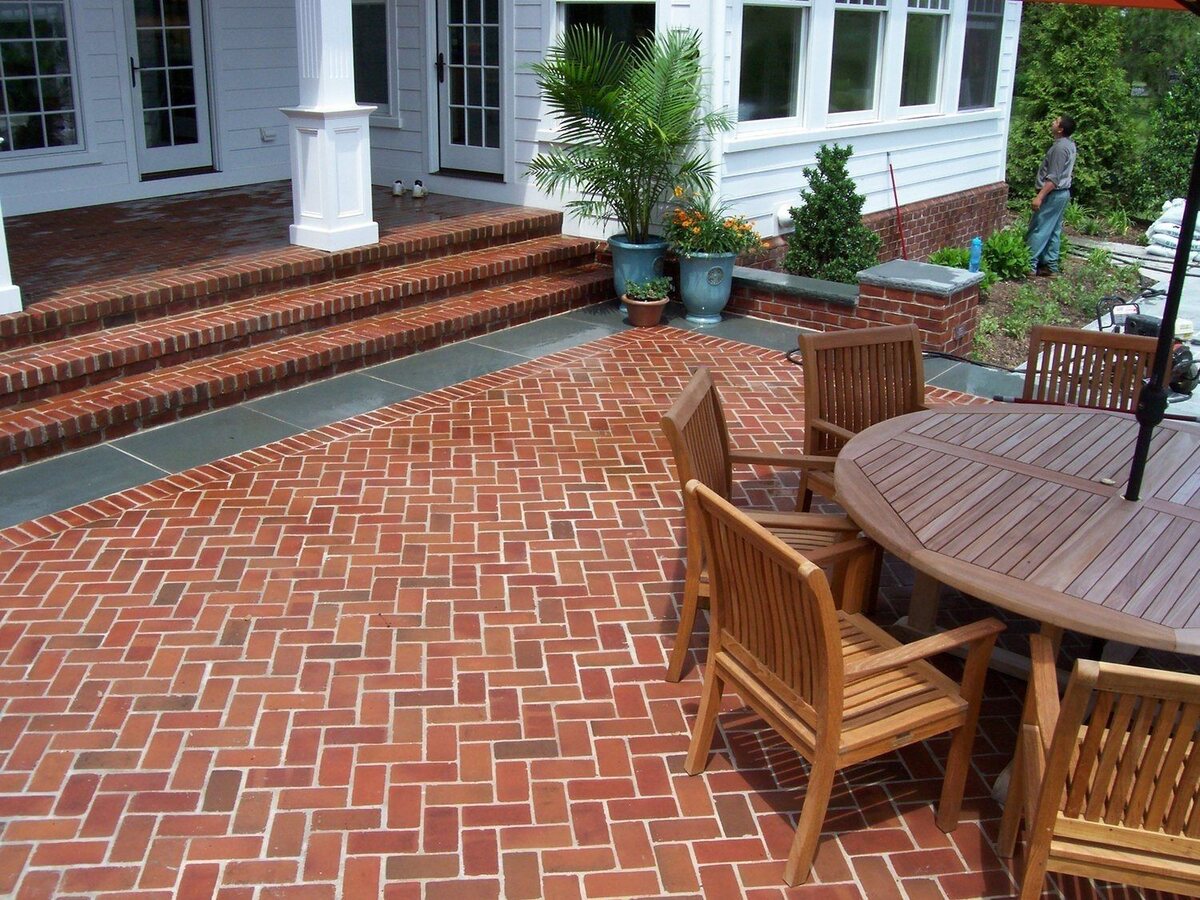
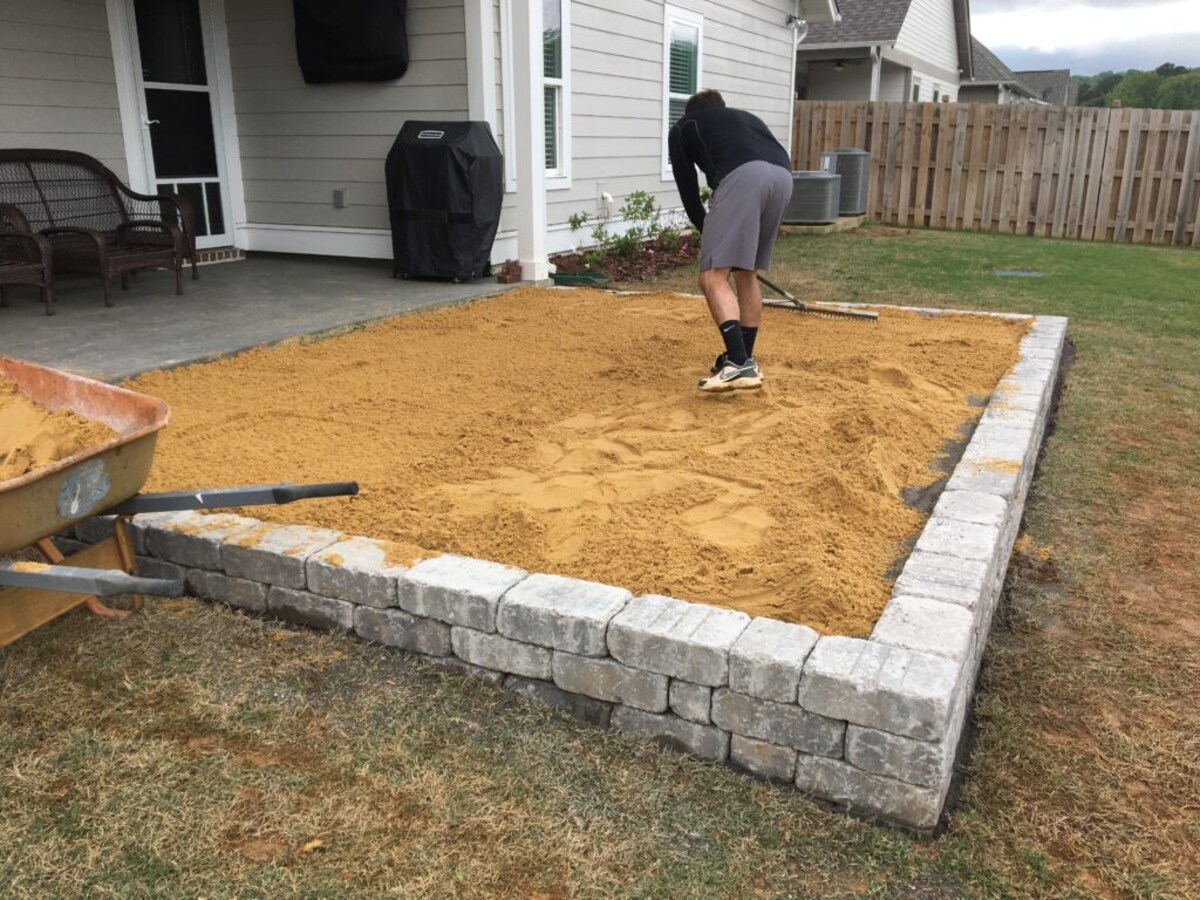

0 thoughts on “How To Make A Patio Warm In Winter”